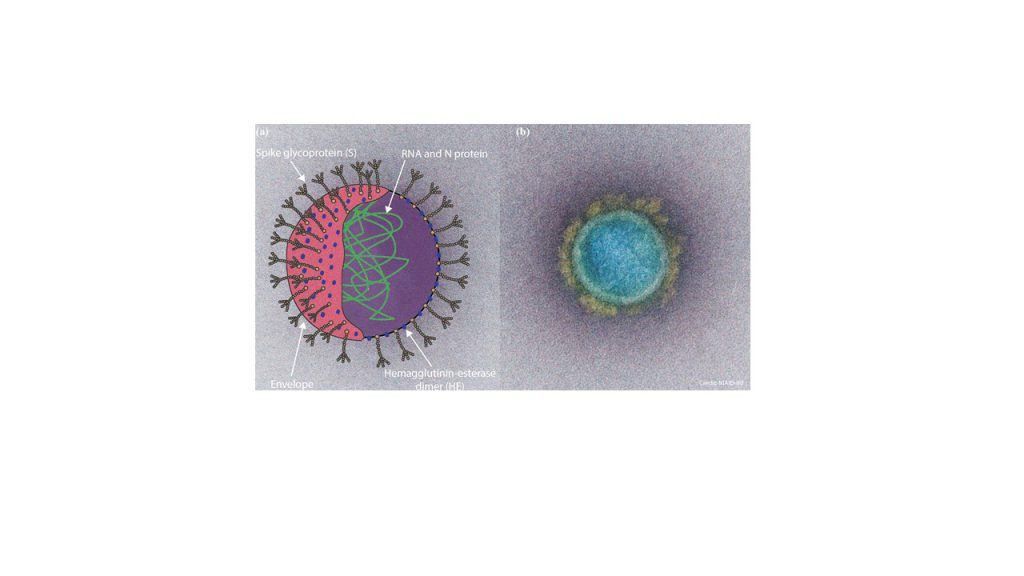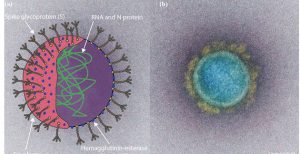(updated 4/7/20 with revised preprint and publication information)
So late last week, the folks at the BioBE Center at the University of Oregon contacted us wanting to write a review of built environment considerations related to the 2019 Novel Coronavirus (COVID-19) outbreak. We worked furiously on it for a couple of days and through the weekend. Submitted to Nature Communications yesterday and to We wanted to get it out there ASAP… both for the information and to spare people working on similar project any duplicated effort. As those links become available, I will post them here. Nature Communications said they don’t accept unsolicited reviews so we submitted to mSystems where it was accepted on 3/19/20. We also submitted a revised preprint which went live on the same day. The final mSystems version of the publication can be found here.bioRxiv this morning preprints.org a couple of days later. It’s under review at Nature both places, but
The paper is called “2019 Novel Coronavirus (COVID-19) Outbreak: A Review of the Current Literature and Built Environment (BE) Considerations to Reduce Transmission” The Abstract is below and the draft PDF is here. The link to the (revised) preprint is here.
Abstract
With the increasing spread of severe acute respiratory syndrome coronavirus 2 (SARS-CoV-2) that results in coronavirus disease 19 (COVID-19), corporate entities, federal, state, county and city governments, universities, school districts, health care facilities, assisted living organizations, daycares, homeowners, and other building owners and occupants have an opportunity to reduce the potential for transmission through built environment (BE) mediated pathways. Over the last decade, substantial research into the presence, abundance, diversity, function, and transmission of microbes in the BE has taken place and revealed common pathogen exchange pathways and mechanisms. In this paper, we synthesize this microbiology of the BE research and the known information about SARS-CoV-2 to provide actionable and achievable guidance to BE decision makers, building operators, and all indoor occupants attempting to minimize infectious disease transmission through environmentally mediated pathways. We believe this information will be useful to corporate and public administrators and individuals responsible for building operations and environmental services in their decision-making process about whether to implement social-distancing measures and for what duration.

